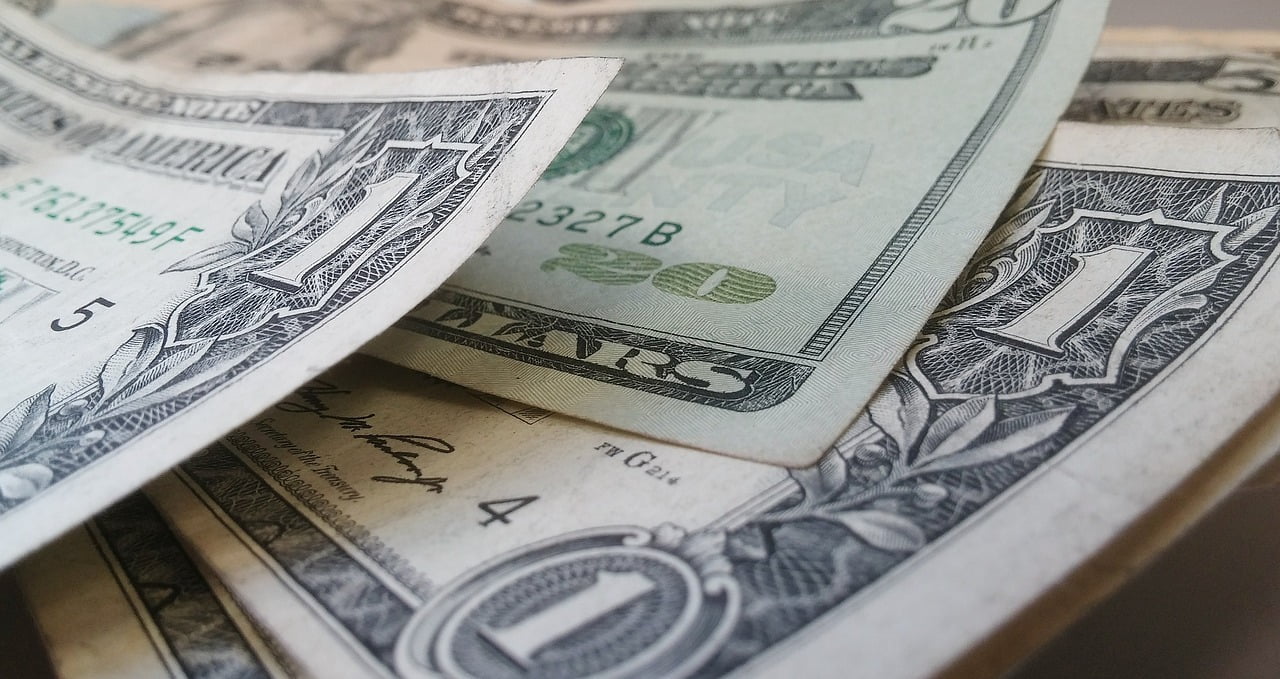Several states are continuing to send monetary help to residents as they grapple with record-high inflation and rising gas prices. Alaska so far has stayed away from sending out money, but it may soon send residents as much as $5,500. The Alaska Senate recently approved a budget that includes sending Alaska stimulus checks to residents. The Senate approved a budget even as the state faces a revenue windfall due to high oil prices.
$5,500 Alaska Stimulus Checks: What Does It Include?
On Tuesday, the Alaska Senate approved a state spending package that includes a provision to send Alaska stimulus checks to residents. The $5,500 payment includes $4,200 as dividend payment, as well as $1,300 in “energy relief” checks.
Q1 2022 hedge fund letters, conferences and more
According to the Associated Press, sending a dividend payment of $4,200 would cost about $2.8 billion, while the energy payment would cost roughly $840 million.
Last month, the House approved a similar budget that included $1,250 as dividend and $1,300 in the form of energy checks. Over the past few years, lawmakers have had a disagreement over the dividend amount. The money to send dividends generally comes from the state's oil-wealth fund, also known as the Alaska Permanent Fund.
Along with sending Alaska stimulus checks, the Senate also added to the budget $150 million for a deep water port in Nome, $30 million for road improvement projects in the Matanuska-Susitna Borough and $200 million for the Port of Alaska revitalization project in Anchorage.
The package passed the senate by 15-5, and is now headed to the House. Many believe that the House is likely to reject the budget proposal. In such a case, the lawmakers will have to reach a consensus in a conference committee. The Alaska State Legislature has until May 18 to approve the budget, or go into a special session.
Will House Approve Senate’s Proposal?
Those in favor of the Alaska stimulus checks believe the money could help residents offset the rising inflation and fuel prices. Critics, on the other hand, argue that such stimulus payments could have possible fiscal consequences and dip deeply into the state's savings.
“The House — our anticipation was to put a lot of money in a savings account. Well, that just got shut down in the Senate,” House Speaker Louise Stutes, R-Kodiak, said.
Also, committee co-chair Sen. Bert Stedman estimates that the Senate’s proposal would eat into the state’s savings. The original budget proposed by the Finance Committee would have resulted in $1.2 billion in state savings.
If the budget proposal gets approved as it is, the state would have to take the funds from the Statutory Budget Reserve to cover the spending that exceeds the state’s revenue.
Recent revenue forecasts estimate that the state will spend $8.3 billion in the coming fiscal year. The Senate, however, has appropriated around $9.3 billion. This means around a billion would have to come from the state savings.






